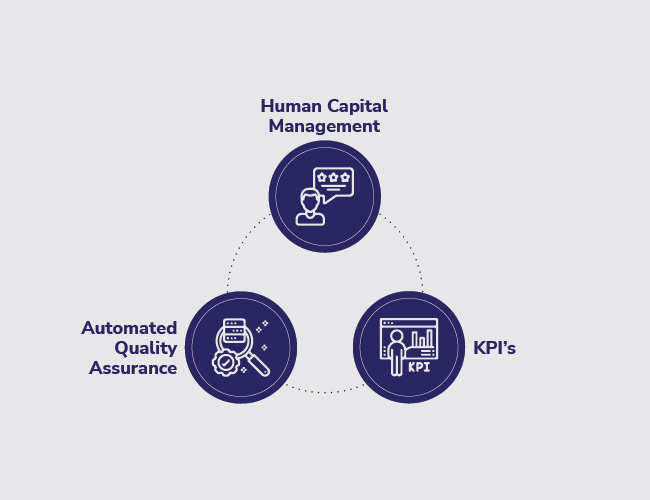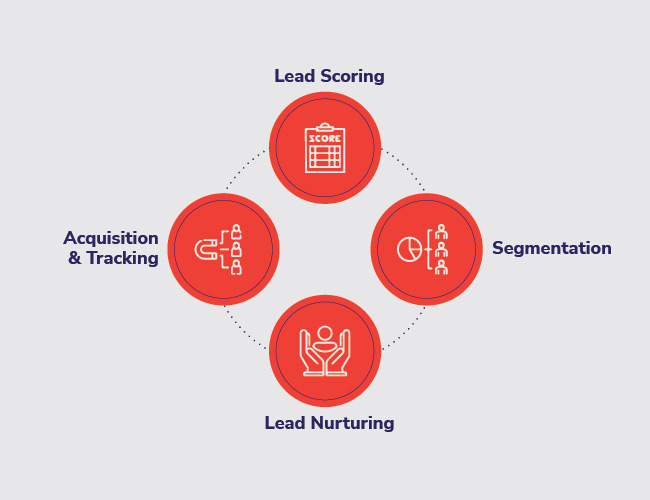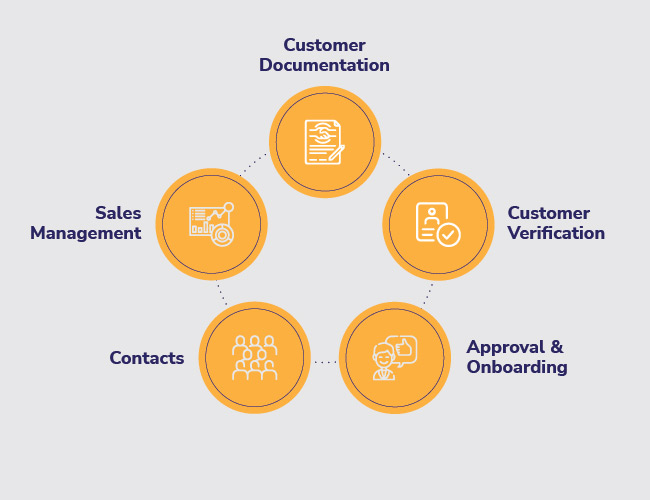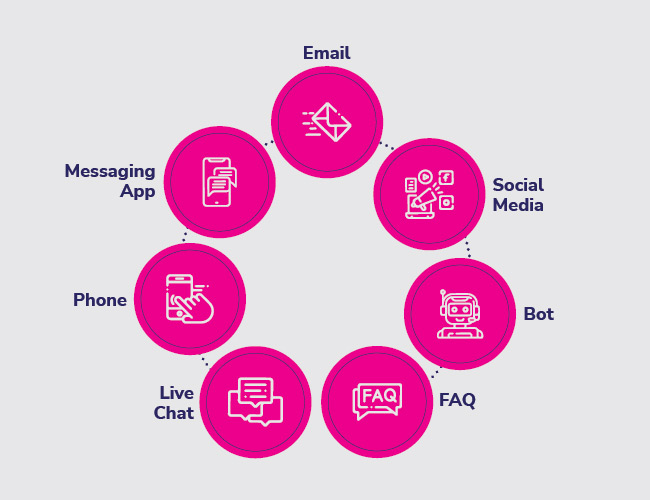
THE FUTURE OF WORK AND WORKFORCE
In the coming days, we are likely to witness a new relationship between technology and talent that will bring some significant disruptions to the workforce and work. The future of work is going to be very different from what we see at present. Automation and artificial intelligence are taking over human tasks, jobs and will affect every level of the business. According to a McKinsey report, “60 per cent of occupations have at least 30 per cent of constituent work activities that could be automated in future.” It will also create new professions that do not exist today, much like what technologies of the past have done. These technological disruptions will generate significant benefits for users, businesses, and economies, fostering overall economic growth.
Disruptive new technologies continue to emerge, forcing employees to adapt new practices at work and are transforming the meaning and value of work drastically. In the next five years, an estimation shows that more than half (54%) of the workforce will need to upgrade their skills due to the advancement of technologies such as AI.
Digital business models and platforms are strongly restructuring how business is conducted today. McKinsey’s research findings suggest that workforce transition ahead will be enormous. By 2030, 75 million to 375 million workers (3 to 14 per cent of the global workforce) will need to switch occupational categories.
Here are the three trends on the future of work:
An unevenly disrupted workforce
Research on disruptions in workspace suggests that 47% of workers in the U.S. have jobs at high risk of potential automation. But these numbers will vary significantly by country. According to McKinsey research, “China is facing the largest number of workers who need to switch jobs – up to 100 million if automation is rapidly adopted or 12 per cent of the 2030 workers. ”
In addition to that, other factors such as the rising population of ageing people will generate new demand for existing and new occupations.
An analysis done by McKinsey Global Institute and the U.S. Bureau of Labor Statistics states that labour demand for pharmacists, doctors, healthcare professionals and nurses is projected to increase by 122 per cent in China and 242 per cent in India in the future.
Jobs that are going to stay
It is assumed that artificial Intelligence and automation can make routine and menial tasks easier. However, it cannot take over various jobs which include creativity (research and academic jobs), dexterity (aero engineers), complexity (strategy and management positions), and empathy and compassion (care providers and teachers) will not be replaced by machines. Jobs like Machine Learning engineer, Data scientists, R&D engineer, Business Intelligence developer and a few other will be the most in-demand AI jobs in the near future.
The rise of new collar jobs
Intuit predicts that more than more than 40% of the American workforce will be independent workers – contractors, freelancers and temporary employees by 2020. According to Pew Research Centre, “24% of Americans report earning money from the digital platform economy in the past year.” Smart companies have already started upgrading their future workforce through advanced training, apprenticeship programs and technical reskilling initiatives to reduce the skills and opportunity gap.
3i Infotech has proven expertise in providing efficient business solutions and data information to a wide variety of industries verticals.




 Harish Shenoy
Harish Shenoy CA Uttam Prakash Agarwal
CA Uttam Prakash Agarwal Mr. Umesh Mehta
Mr. Umesh Mehta Uttam Jhunjhunwala
Uttam Jhunjhunwala
 Ranjit Balakrishnan
Ranjit Balakrishnan Emmanuel N
Emmanuel N Ramu Bodathulla
Ramu Bodathulla

 Rangapriya Goutham
Rangapriya Goutham Kiran Chittar
Kiran Chittar Sushant Purushan
Sushant Purushan
 Nilesh Gupta
Nilesh Gupta Mohan TS
Mohan TS Sanjay Rawa
Sanjay Rawa Dr. Aruna Sharma
Dr. Aruna Sharma Mr.Avtar Singh Monga
Mr.Avtar Singh Monga Mr. Thompson P. Gnanam
Mr. Thompson P. Gnanam Ms. Zohra Chatterji
Ms. Zohra Chatterji Dr. Kalyan Krishnamoorthy
Dr. Kalyan Krishnamoorthy







 Mr. Pravir Vohra
Mr. Pravir Vohra Viraf Sirvala
Viraf Sirvala

 Amrita Gangotra
Amrita Gangotra




